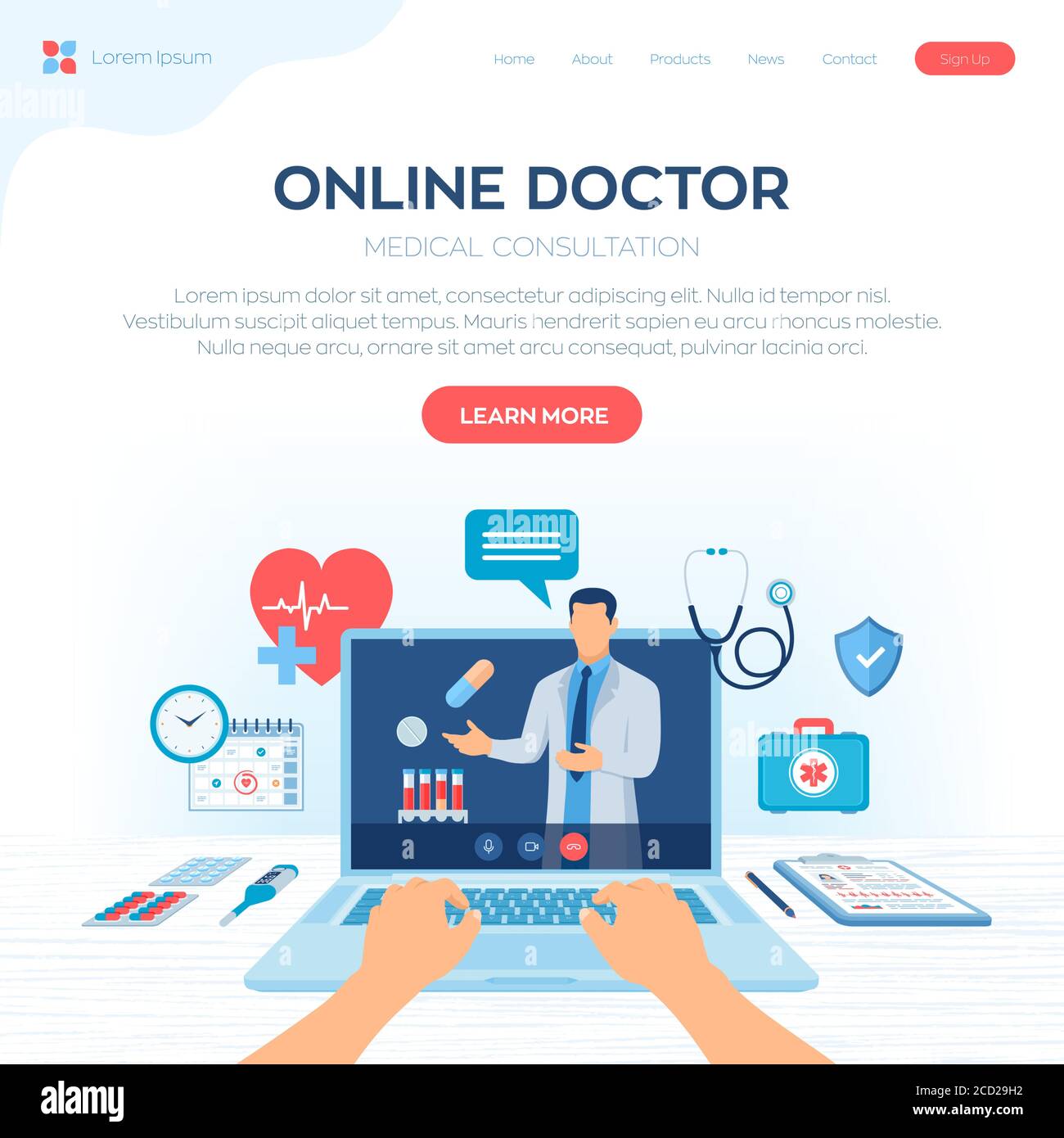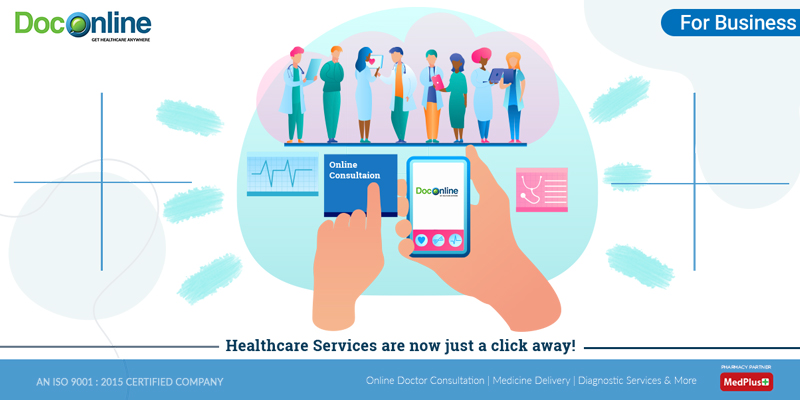Discover the Benefits of Subscription Based Healthcare for Affordable Medical Care
Discover the Benefits of Subscription Based Healthcare for Affordable Medical Care
Blog Article
Understanding the Cost-Effectiveness of Subscription-Based Health Care Designs
As the health care landscape advances, subscription-based designs emerge as an engaging choice, assuring to redefine just how people manage medical expenses. Reviewing these models' cost-effectiveness necessitates a nuanced contrast with standard insurance coverage, thinking about both monetary implications and individual complete satisfaction.
Introduction of Subscription-Based Versions
Subscription-based healthcare versions, often described as straight health care or attendant medicine, are significantly gaining focus as a possible option to ineffectiveness within conventional health care systems. These designs operate the principle of offering patients straight access to doctor via a yearly or regular monthly charge, bypassing the demand for traditional insurance coverage devices. This plan intends to simplify patient-provider communications by reducing administrative concerns, which typically prevent customized and prompt treatment.
At the core of subscription-based designs is the emphasis on an extra tailored patient experience. Clients gain from enhanced accessibility to their doctors, commonly consisting of same-day or next-day appointments, extended consultation times, and direct interaction networks such as phone or video clip calls. This model promotes a positive strategy to health care, where service providers and clients can collaboratively concentrate on preventative treatment and persistent disease management.

Price Comparison With Traditional Insurance Coverage

Among the primary financial advantages of membership versions is transparency in expenses. Clients pay a foreseeable charge, which can simplify budgeting and monetary preparation. In addition, these designs generally get rid of co-pays and deductibles for protected solutions, lowering out-of-pocket spending. Alternatively, conventional insurance policy might be much more helpful for people needing specialized treatment or costly treatments not covered under a registration version, as they gain from the wider coverage network and cost-sharing devices.
However, cost-effectiveness is context-dependent. While subscription versions might supply savings for those mostly requiring medical care, people with chronic conditions or specialized healthcare needs could find traditional insurance policy a lot more extensive. Assessing details healthcare demands and possible usage is important in figuring out the most economical choice for people.
Effect on Person Contentment
Person complete satisfaction within subscription-based medical care versions commonly shows a considerable enhancement over typical insurance coverage systems. Unlike conventional systems, where patients might experience hold-ups in getting care, subscription-based versions guarantee more straight and prompt interactions with medical care carriers.
Furthermore, the transparency in prices related to subscription-based medical care eases the common frustrations associated with unanticipated costs and intricate invoicing processes seen in conventional insurance (subscription based healthcare). Patients value recognizing the exact financial commitment upfront, causing raised trust fund and self-confidence in their medical care monitoring
Additionally, the emphasis on preventative treatment and health in subscription versions imp source adds to enhanced health and wellness end results, even more improving client satisfaction. By concentrating on recurring health care instead than anecdotal care, patients experience a more continuous and alternative health care trip.
Moreover, the improved provider-patient connection promoted in these versions, defined by more time invested per individual and personalized attention, plays an essential role in raising person complete satisfaction levels, as patients really feel really looked after and understood.
Carrier Point Of Views and Experiences
From the provider's point of view, subscription-based medical care designs use a transformative technique to providing medical services. These designs highlight a preventative and proactive healthcare strategy, permitting providers to concentrate on comprehensive patient treatment i loved this without the restraints of standard fee-for-service setups (subscription based healthcare). This change in emphasis usually causes enhanced client end results and boosted supplier fulfillment, as healthcare professionals can designate more time and sources to client involvement and customized care plans
Moreover, membership designs facilitate predictable earnings streams, which improve financial stability for healthcare carriers. This predictability permits enhanced resource preparation and allotment, contributing to an extra efficient check over here medical care shipment system. Service providers can purchase personnel innovation, training, and framework enhancements, thereby improving the quality of care supplied.
Nevertheless, the change to subscription-based models is not without difficulties. Providers need to adapt to new functional frameworks, which can include substantial changes in invoicing techniques and patient administration systems. In addition, there is an inherent requirement for durable information management to track individual end results and ensure high quality treatment. Despite these hurdles, lots of providers find that the benefits of boosted person interaction and streamlined operations exceed the first obstacles, making subscription-based models an attractive choice.
Future Leads and Obstacles

A key difficulty is regulatory conformity, as membership versions should comply with advancing healthcare policies and insurance demands. This necessitates continual adaptation and innovation to make sure placement with lawful standards. Furthermore, integrating these designs into existing medical care facilities can be complex, calling for significant financial investments in technology and training.
There is additionally the potential risk of producing injustices in health care accessibility, as subscription designs might favor those that can afford them, leaving susceptible populaces underserved. Addressing this needs thoughtful factor to consider of pricing methods and aid mechanisms to make sure inclusivity.
Verdict
Subscription-based health care versions offer a viable alternative to conventional insurance coverage by using economic predictability and openness, specifically profiting people with persistent conditions or regular healthcare needs. The cost-effectiveness of these models is contingent upon individual healthcare usage patterns and circumstances.
Subscription-based healthcare models, sometimes referred to as straight key treatment or attendant medicine, are increasingly gaining focus as a possible option to ineffectiveness within conventional healthcare systems. Unlike typical systems, where people may experience delays in obtaining treatment, subscription-based models ensure even more prompt and direct communications with medical care carriers.
These versions highlight a proactive and preventative health care technique, permitting suppliers to focus on comprehensive person treatment without the restrictions of traditional fee-for-service setups. As these designs proceed to get traction, they use the potential to change client accessibility to care, enhance service shipment, and optimize health care investing.Subscription-based health care versions provide a sensible option to typical insurance by using financial predictability and transparency, specifically benefiting people with persistent conditions or regular medical care needs.
Report this page